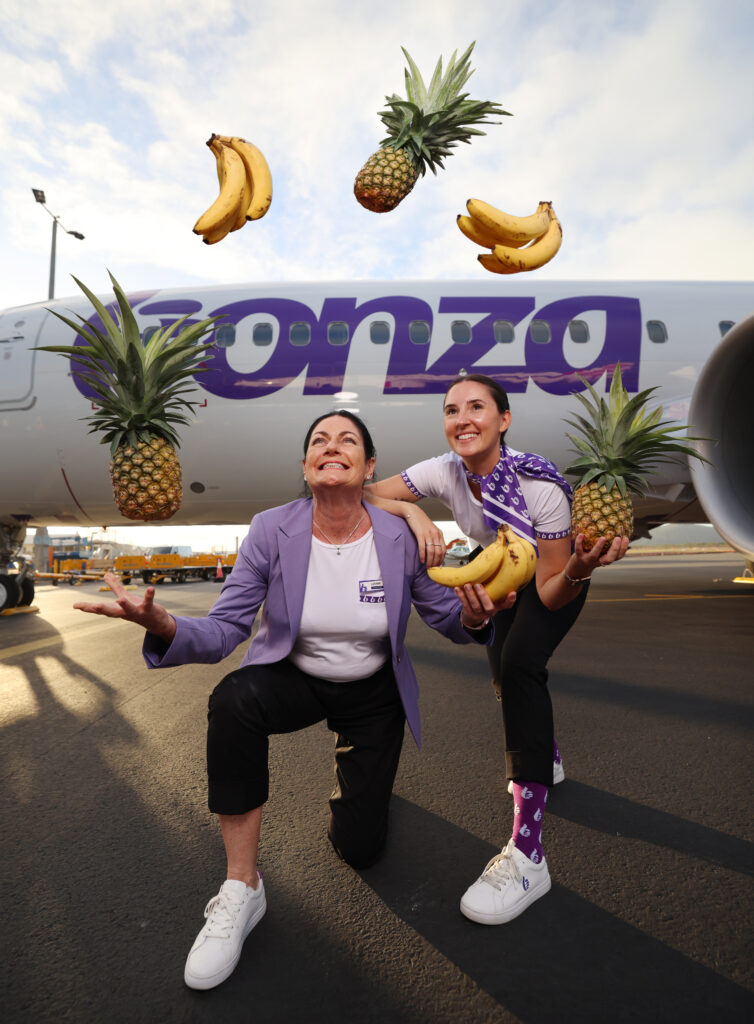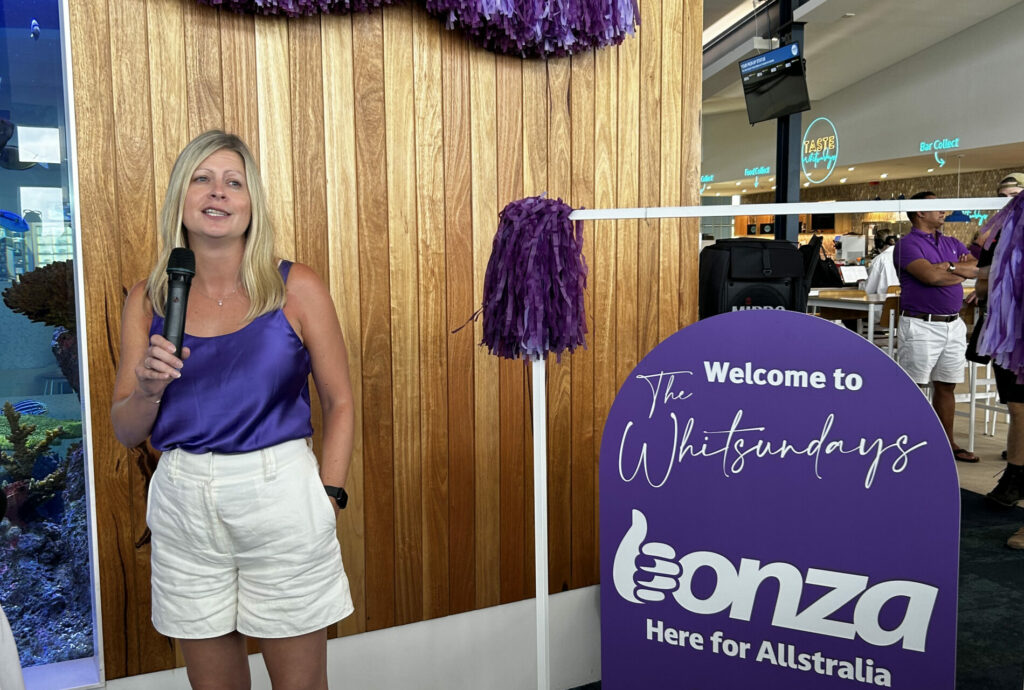DOOMSAYERS have long held that the Australian domestic aviation market is only able to successfully support two major airlines, and several recent announcements seem to be reinforcing that view, despite the deployment of new technology, new aircraft and new business models.
Last week’s news from Bonza that its fledgling network was already being “refreshed” with the removal of five routes (Sunshine Coast to Coffs Harbour, Sunshine Coast to Port Macquarie, Sunshine Coast to Tamworth, Cairns to Mackay and Toowoomba Wellcamp to Whitsunday Coast) were perhaps unexpected in that they came so soon after the airline’s highly vaunted launch, but were hardly a surprise to some pundits well-versed in the intricacies of the sector – or burnt by previous attempts to muscle in on the duopoly held by Qantas and Virgin Australia.

Bonza’s bold vision, to establish new markets between secondary ports, is certainly well-intentioned and provides a way for it to build a presence without going head to head with the majors. But it appears there weren’t sufficiently large populations at either ends of these narrow routes to justify continued operation.
The situation was probably exacerbated by the unprecedented rise in inflation and higher interest rates which are undoubtedly impacting the hip pockets of price-sensitive leisure consumers.
Bonza Chief Commercial Officer, Carly Povey, noted there were still 22 Bonza routes where there is “very strong demand” with the recalibration aiming to assure consumers that the startup is making the changes in order to “earn the respect of Aussie travellers” and set the airline up for long-term success and reduce the likelihood of cancellations.
“In order for us to earn your trust, as we know that we’re at the start of that journey, we have decided to take a step back to allow our services to become more reliable,” she wrote, with the carrier having currently paused taking new bookings beyond late October as the network restructure takes place. Bonza has assured travelBulletin that the booking window will be extended through until Easter 2024 from next month.

The other challenger is Rex Airlines, which is undertaking a different strategy by taking Qantas and Virgin on in their key capital city heartland, including the “golden triangle” between Melbourne, Brisbane and Sydney. But again the plan appears to have hit a significant roadbump in recent weeks, with Rex somewhat belatedly revealing a shock $35 million profit downgrade. After initially flagging as recently as late February that it expected a breakeven situation for the 2022/23 financial year, the surprise loss came amid a very fumbled response, with the Australian Securities Exchange asking some pointed questions about when exactly the decline became apparent to management.
Rex’s answer to the ASX query raised even more concerns, indicating that the profit slump only appeared after looking at the May revenue figures in mid-June, but required review and confirmation by Executive Chairman, Lim Kim Hai. After almost a week of to-and-fro the final announcement to investors saw the radically revised profit guidance released on 29th June.
If that timeline is a reflection of reality and that Rex was trading OK until April, it means the carrier started losing almost $9 million a week in May, surely a matter for deep concern.
The carrier has made pains to stress several positives since then, including an aspirational media release suggesting it was planning to tender for a key Government contract for flights to Antarctica, as well as confirming two additional Boeing 737-800NG lease agreements under a letter of intent which was announced in February. Unlike Bonza, Rex is proceeding apace with its network rollout, with daily Hobart-Melbourne flights to be added in mid-August, seven weeks after the debut of Adelaide-Sydney services.
Deputy Chairman John Sharp doubled down on the strategy, confirming the fleet expansion was “yet another step in fulfilling our ambition to fly to, and between, every capital city in Australia”, with aspirations to add two more of the jet aircraft in the next 12 months. “We believe it’s best to grow in a measured way, ensuring capacity meets demand. But we also need to be flexible, as aviation is a dynamic industry where the only constant is change,” he added, in a masterpiece of understatement.
Meanwhile Qantas and Virgin Australia seem to be almost oblivious to the ructions within their challengers. Bonza’s strategy of developing new routes means it’s not really going to impact either of the QF or VA networks (although if any of the Bonza flights start making lots of money you can bet on some competition appearing). Rex, however, is pushing directly into key Qantas and Virgin territory, so it was intriguing to see the jet upstart’s explanation for that 20 June profit downgrade, which was largely blamed on “corporate travel budgets being exhausted following exponential increases of international fares”.
Those “exhausted corporate travel budgets” certainly don’t appear to have had the same effect on Qantas which a week after Rex’s announcement reaffirmed expectations of a massive full year profit and confirmed that “travel demand remains strong and data shows that consumers continue to prioritise travel over other spending categories”.
Meanwhile things are a little more opaque at private equity-backed Virgin Australia, which is not subject to the same disclosure requirements. Nevertheless it appears VA remains laser-focused on a return to public listing on the ASX later this year, with the airline’s Bain management likely to be frenetically sweating the business to boost revenue and slash costs in order to ensure the prospective float gets away well.

Those with long memories will hark back to the days of the Ansett collapse in 2001 – when the Australian domestic aviation market couldn’t even support two carriers. That’s not to mention other failed attempts like Compass Mark I, Compass Mark II and Ozjet – all feeding the rhetoric of a duopoly (or even a monopoly) as being the only way to sustain the industry.
Many experts will point to the newest evolutions as being completely different to those startups, and let’s hope that’s the case. Australia is a big country that is utterly reliant on aviation, and so the more sustainable players there are, the better.







